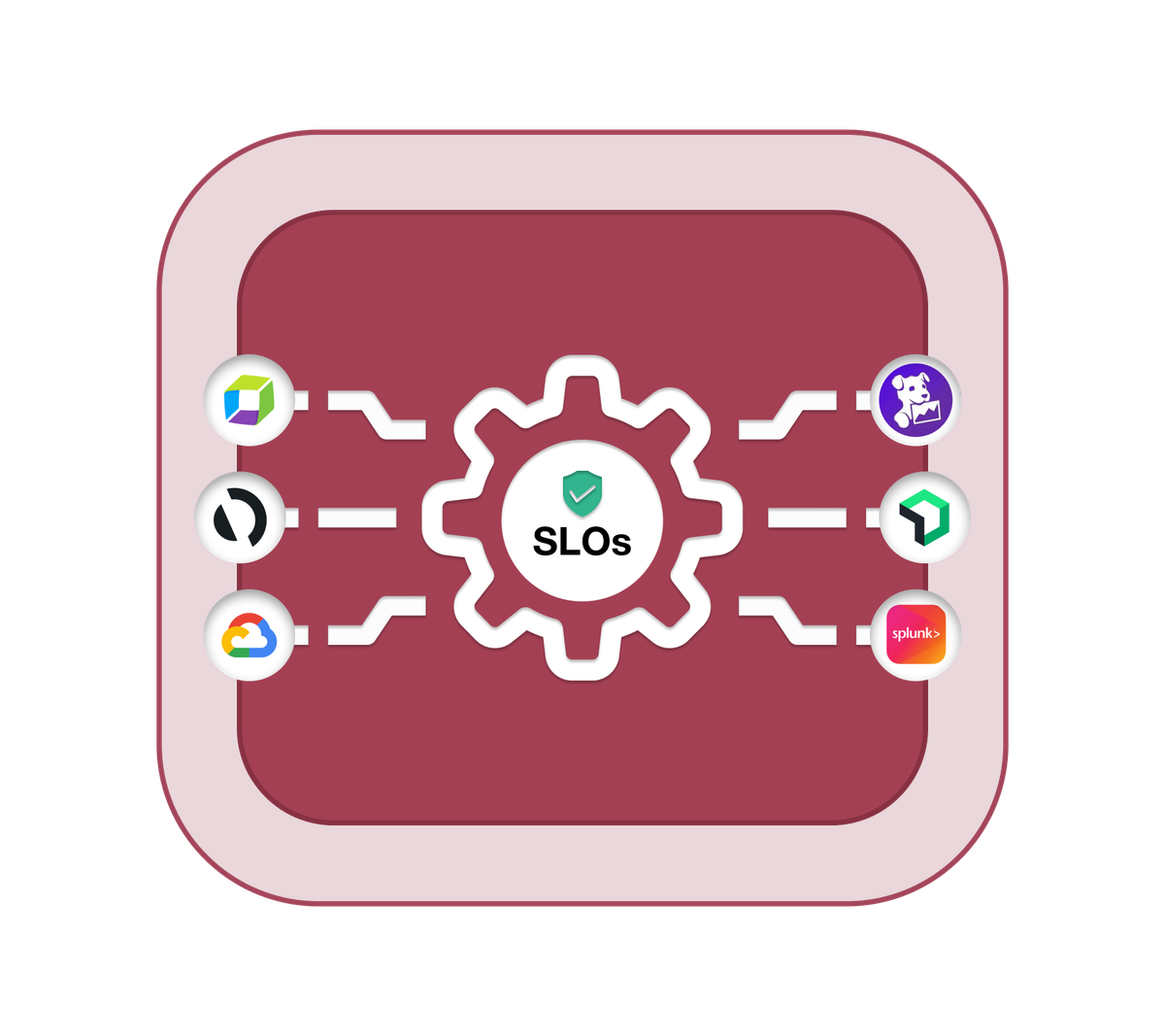Artificial intelligence for IT operations (AIOps) is a powerful technology that is revolutionizing the way organizations manage their IT environments. AIOps combines big data analytics, machine learning, and other AI techniques to automate and optimize IT operations. Gartner, a leading research and advisory company, has developed a framework for AIOps called "Continuous insights," which helps organizations harness the power of AIOps to streamline their IT operations. In this blog, we'll explore the ACT stage of the Continuous insights framework, drawing parallels to real-world policing of a city.
Just like how police departments take action to prevent and deter crime in a city, the ACT stage in the Continuous insights framework focuses on taking proactive measures to optimize IT operations and prevent incidents from occurring. Let's take a closer look at how the ACT stage operates, using the analogy of policing a city.
Policy-based automation
In a city, police departments have policies and guidelines in place to prevent and deter crime. Similarly, in the ACT stage of AIOps, policy-based automation is used to enforce best practices, compliance standards, and governance policies across IT operations. AIOps platforms can automate routine tasks, enforce policies, and trigger remediation actions based on predefined rules, similar to how police officers enforce laws and regulations.
Predictive analytics
Just like how police departments use predictive analytics to identify potential crime hotspots, the ACT stage of AIOps leverages predictive analytics to identify potential IT issues before they occur. The system analyzes historical data, trends, and patterns to predict future incidents and proactively take preventive measures. This helps IT teams avoid potential downtime, reduce costs, and optimize resource utilization, similar to how police departments use predictive analytics to prevent crime.
Optimization
In the ACT stage of AIOps, optimization focuses on optimizing IT operations and infrastructure for performance, availability, and efficiency. AIOps platforms use machine learning algorithms to optimize workload distribution, resource allocation, and network configurations, similar to how police departments optimize patrol routes, resource allocation, and response times.
Change management
Just like how police departments manage changes to laws, regulations, and policies, the ACT stage of AIOps involves managing changes to IT systems, applications, and infrastructure. The system tracks changes and identifies potential impacts on IT operations, allowing IT teams to plan and implement changes in a controlled and predictable manner. This helps minimize disruptions and ensure that changes are aligned with business goals and objectives, similar to how police departments manage changes to laws and regulations.
Continuous improvement
The ACT stage of AIOps is focused on continuous improvement, with the goal of optimizing IT operations over time. AIOps platforms leverage machine learning algorithms to learn from past incidents, identify areas for improvement, and suggest best practices and recommendations for IT teams. This helps IT teams continuously improve their processes, procedures, and infrastructure, similar to how police departments continuously improve their strategies, tactics, and training programs.
In conclusion the ACT stage of the Continuous insights framework in AIOps can be likened to policing a city. It involves policy-based automation, predictive analytics, optimization, change management, and continuous improvement to optimize IT operations and prevent incidents from occurring. By leveraging AIOps in the ACT stage, organizations can achieve higher levels of efficiency, agility, and reliability in their IT operations, similar to how police departments achieve higher levels of safety, security, and trust in their communities.

